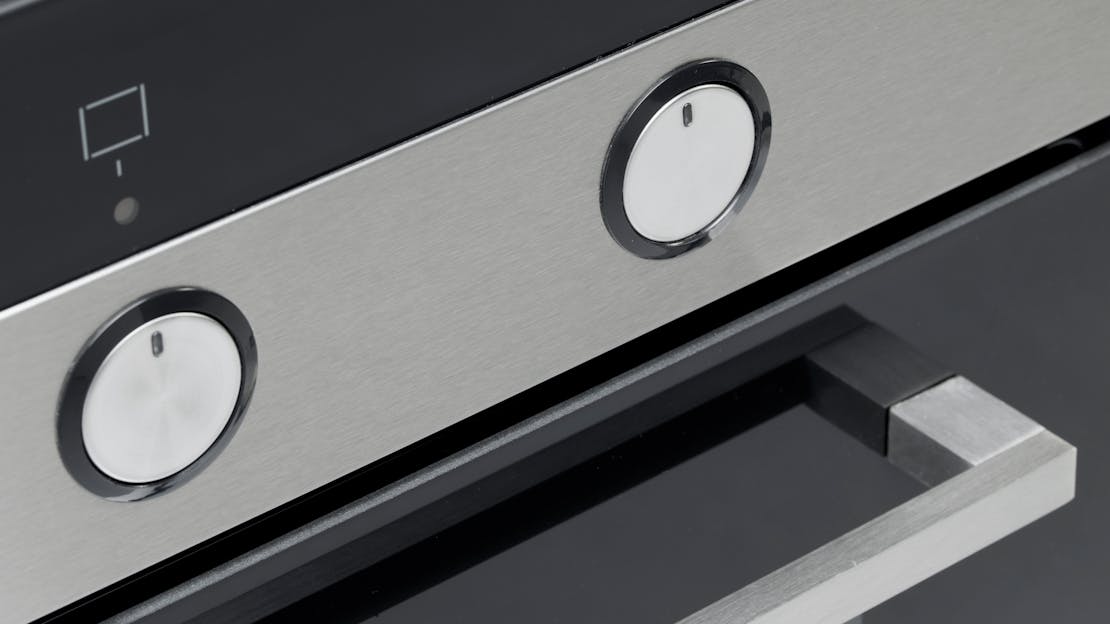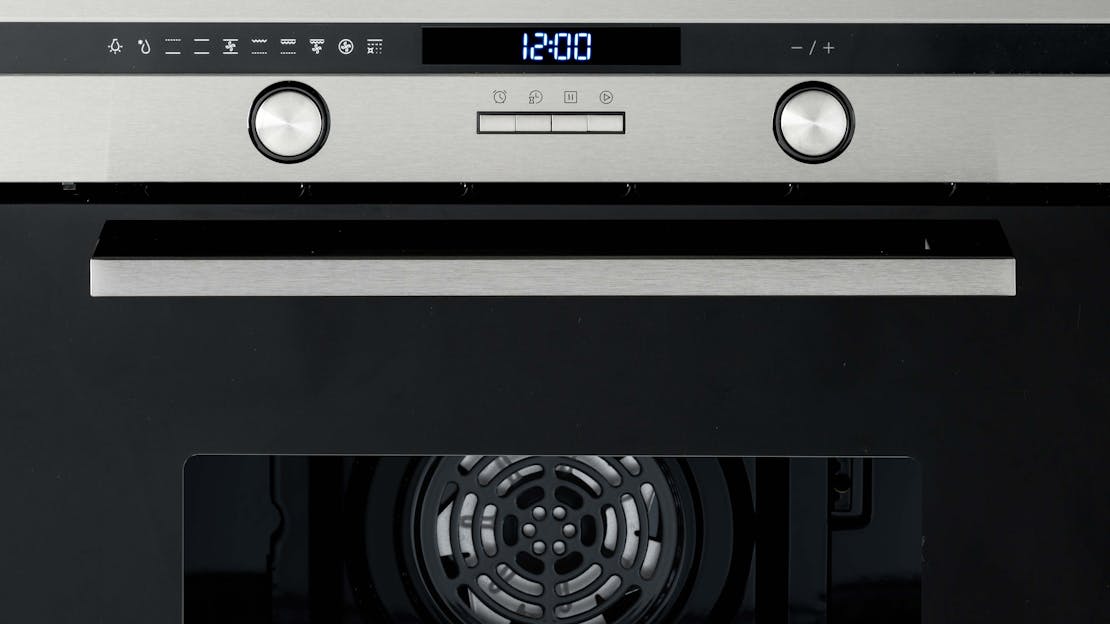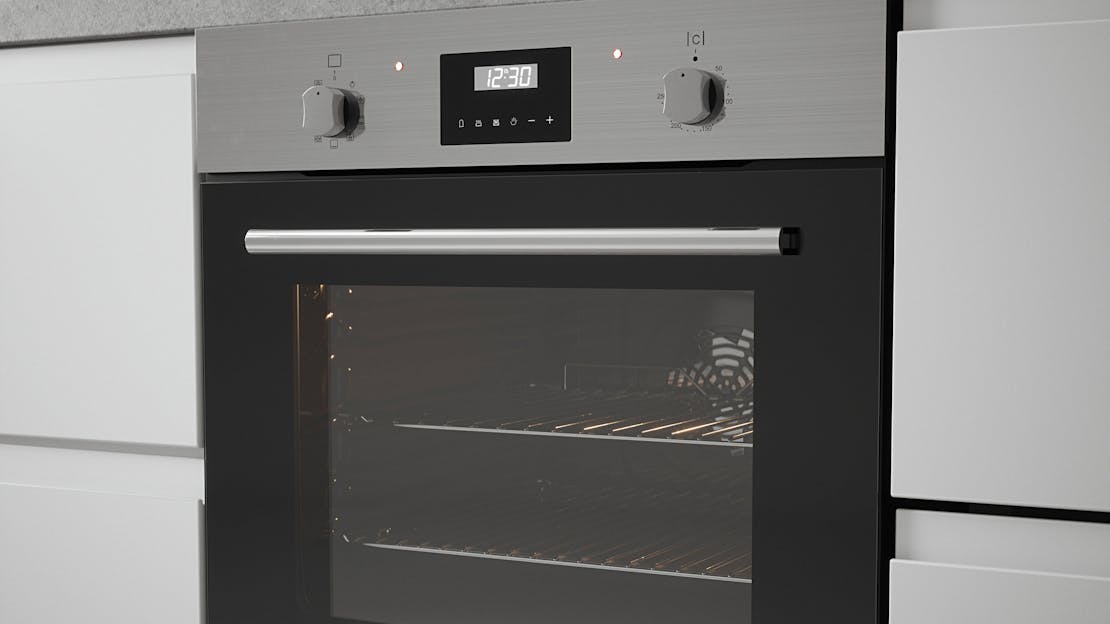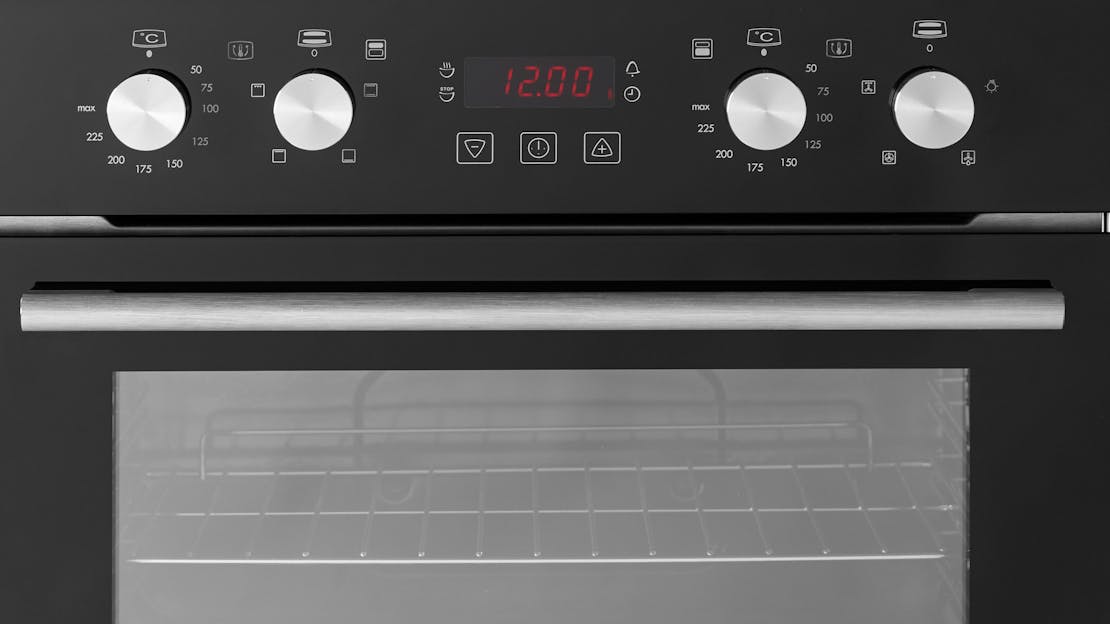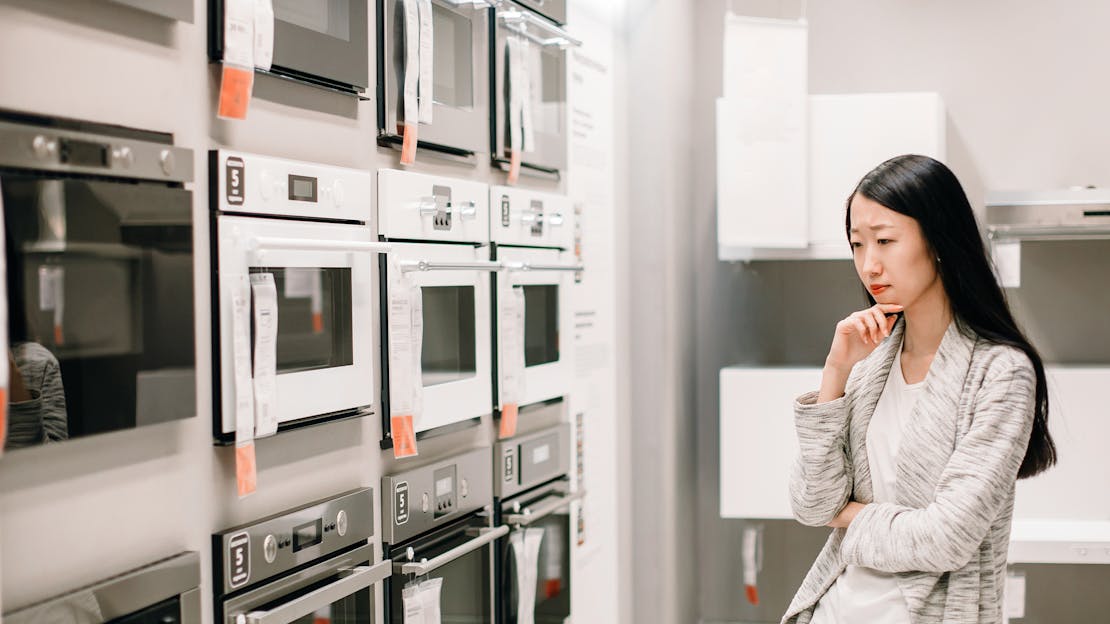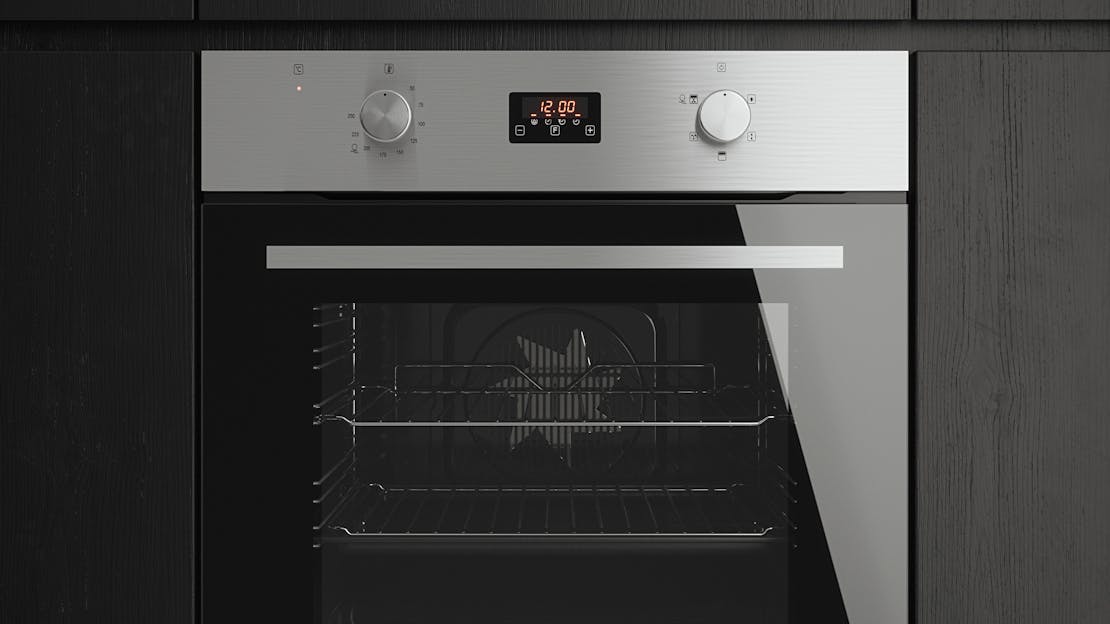
FAQ - Ovens
Explore our Oven FAQ to discover the secrets of cooking and baking with precision. Ovens are the heart of any kitchen, and knowing how to use them effectively can transform your culinary skills. Whether you have a traditional oven, convection oven, or even a smart oven, this FAQ will provide insights into everything ovens.
Do ovens use a lot of electricity?
Ovens can consume a significant amount of electricity during operation. The exact usage varies based on factors like oven size, type, and cooking duration. Opting for energy-efficient models can help reduce consumption.
Should you turn your oven off at the wall?
It is typically unnecessary to switch off your oven at the wall socket after each use. Using the oven's built-in controls to turn it off is generally sufficient.
Does a built-in oven need to be vented?
Built-in ovens often come equipped with built-in ventilation systems or can be installed with ventilation hoods. Ventilation helps remove excess heat, steam, and cooking odours, thus improving air quality in the kitchen.
Do built-in ovens get hot on the outside?
Yes, built-in ovens can become hot on the exterior during operation. It's important to exercise caution and avoid touching the outside, especially if there are young children around. Some ovens are designed with better insulation to reduce external heat.
Is it safe to leave an electric oven on when not at home?
It is generally not recommended to leave an electric oven unattended when you are not at home. There is a potential fire hazard, and it is advisable to use a timer or cooking feature that automatically turns off the oven.
What is the expected lifespan of a built-in oven?
The expected lifespan of a built-in oven can vary depending on the brand, quality, and usage. On average, they can last approximately 10-15 years. Regular maintenance and proper care can help extend their lifespan.
Why is my oven burning my food?
If you're experiencing issues with your oven burning your food, it may be related to the highly efficient fan setting. When using the fan-assisted cooking feature, the rapid circulation of hot air can sometimes lead to higher temperatures than expected. To resolve this, try reducing the temperature setting by up to 10% and see if it improves the cooking results. This adjustment should compensate for the faster cooking time associated with fan assistance and prevent excessive browning or burning of your food.
Why isn't my oven heating up, but the light is working?
If the light in your appliance is working, it confirms that there is power reaching the device. In this case, the issue is likely related to the oven elements associated with the selected cooking function. To continue cooking until a repair or replacement can be arranged, you can try using a different oven function if your appliance offers multiple functions.
By switching to an alternative oven function, you may be able to bypass the faulty element and continue cooking with the remaining functional elements. This temporary solution can help you prepare meals while you wait for an engineer to address the broken element.
Remember to schedule a repair or replacement as soon as possible to ensure your appliance operates optimally and delivers consistent cooking results. Contact our Customer Care department at enquiries@myappliances.co.uk to arrange for a technician to assess and resolve the issue.
Why does the cooling fan keep running after I turn the oven off?
Please note that the fan may continue running even after cooking is complete, as it actively cools down the oven. This is normal and part of the oven's design to enhance safety and performance.
The fan in your oven serves multiple purposes. Apart from evenly distributing hot air throughout the oven cavity for consistent cooking, it also operates after cooking to rapidly cool down the oven to a safe temperature. The duration of the fan's operation depends on the cooking temperature you used—the higher the temperature, the longer the fan will run. Additionally, the ventilation surrounding your oven plays a role by allowing ambient air to assist in cooling the appliance.
By efficiently circulating the air and facilitating the cooling process, the fan helps maintain a safe environment in your oven. It ensures that the oven cavity reaches a suitable temperature for handling and minimizes the time required for subsequent cooking cycles.
The door seal has come loose.
The door seals of your oven are not affixed with glue but rather secured using four clips. To ensure proper functionality, you can verify that these clips are in place and firmly holding the door seal. Checking and confirming the secure attachment of the clips may help address any issues you are experiencing.
If you find that the clips are intact but the problem persists, we recommend contacting our Customer Care team. They can assist you in determining if a new seal is necessary to resolve the issue.
Oven Buying Guides - Helping you choose the right oven
Oven Buying Guides - Helping you choose the right oven
At the core of every home lies the kitchen, with the oven taking centre stage. This essential appliance is relied upon and used daily, underscoring the significance of selecting the right one. The multitude of options in terms of style, size, and functions can be daunting. To simplify the process, we have created practical guides that will help you determine precisely what to look for. By following these guides, you can confidently choose an oven that caters to your cooking needs and aligns with your lifestyle.
![Ultimate Oven Buying Guide]()
Welcome to the comprehensive guide on electric ovens! Whether you're a passionate home cook or someone who simply enjoys preparing delicious meals, this guide is here to provide you with valuable insights into the world of electric ovens.
![The Ultimate Pyrolytic Oven Guide]()
A pyrolytic oven is a self-cleaning appliance that utilises high temperatures to incinerate food residue and grease, eliminating the need for manual scrubbing. During the cleaning cycle, which reaches temperatures as high as 400 to 500 degrees Celsius, the oven locks its door and converts organic matter into ash.
![Single Electric Oven Buying Guide]()
If you're after a great value, functional and practical single oven, you've certainly come to the right place. Here at MyAppliances we stock an extensive range.
![Double Oven Buying Guide]()
Our double ovens will make light work of all your meals, offering a striking appearance, chunky controls and handy programmers. Want some more information? Simply check out our convenient buyers' guide below for all the details you'll need ahead of purchase.
![Oven Types: A Comprehensive Guide to Choosing the Right Oven for Your Home]()
When it comes to buying a new oven, the options can seem overwhelming. With over 20 different types of ovens available, each with unique features and functionalities, it can be difficult to determine which one is right for you.

